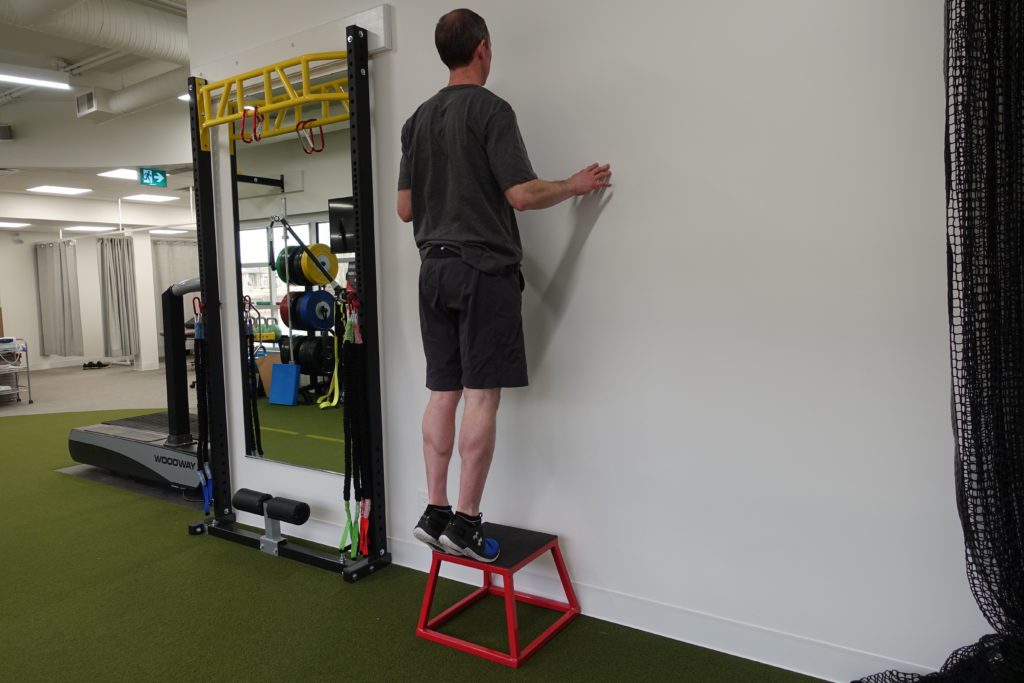Tips to heal your running injury as quickly as possible
How to get back on the roads, trails or track ASAP

Injury is an unfortunate, but inevitable part of running. If you’ve found yourself dealing with what you suspect is an ongoing tear or strain Lauren Roberts, a Toronto-based physiotherapist and owner of The Running Physio, has some advice for how to overcome your running setback as quickly as possible.

RELATED:Emma Coburn’s at-home strength routine
If you have shin splints
Roberts says that runners usually develop shin splints because they’re running too much. “The number one thing to do if you have shin pain is to decrease the amount you’re running. Take seven to 10 days completely off, and when you return, come back at 50 per cent of your previous mileage.”
Roberts recommends runners spend some time rolling and stretching their calves during their downtime. “Calf flexibility is key to getting over this injury.” Suggested calf stretches include: heel drops and a bent knee calf stretch–this way you’ll get both of your calf muscles (gastrocnemius and soleus). For the heel drops, lower your heel to about 20 degrees off of a step. For the bent knee stretch, slowly push your knee toward the wall while keeping your heel planted on the ground.
IT band syndrome
This injury is also known as runner’s knee. Roberts says that this can be a mileage issue but it can also arise after a runner adds in speed workouts. “IT band syndrome often comes from runners over-striding (instead of going faster, you take longer steps). My tip is to work on increasing your cadence which will encourage you to shorten your steps. Runners are looking for roughly 165 steps per minute.”

Roberts remind runners to avoid rolling this tendon, as it can actually cause the injury to flare up. The best practice here is to strengthen your glutes through exercises like the glute bridge.
Plantar fasciitis
Roberts says when plantar issues are acute, runners need to rest. However, if they’re managing the injury, there are ways to encourage healing. “Pick up a stability shoe or an over-the-counter orthotic to give the plantar a little more support. This isn’t a forever thing, but it’s a good temporary fix to give your foot a break. Use the shoe or orthotic for two to three weeks.”

You wanted to stretch with shin splints, but with plantar fasciitis, you want to strengthen. Roberts recommends heel raises twice daily (three sets of 15 repetitions each time) until the pain has resolved.
Hip pain
This hip is a complicated region of the body, with a lot going on. Roberts says that when a runner feels hip pain, it’s important to get it assessed quickly. Soft tissue work (physiotherapy or massage) is beneficial for these muscles. “Don’t wait on this injury because the quicker you can start to isolate the pain, the better.”
In the meantime, while you wait for your appointment, Roberts recommends avoiding stability shoes or shoes with a high drop. “A high drop can be linked to hip problems so be sure to go with a neutral, low drop shoe.”


